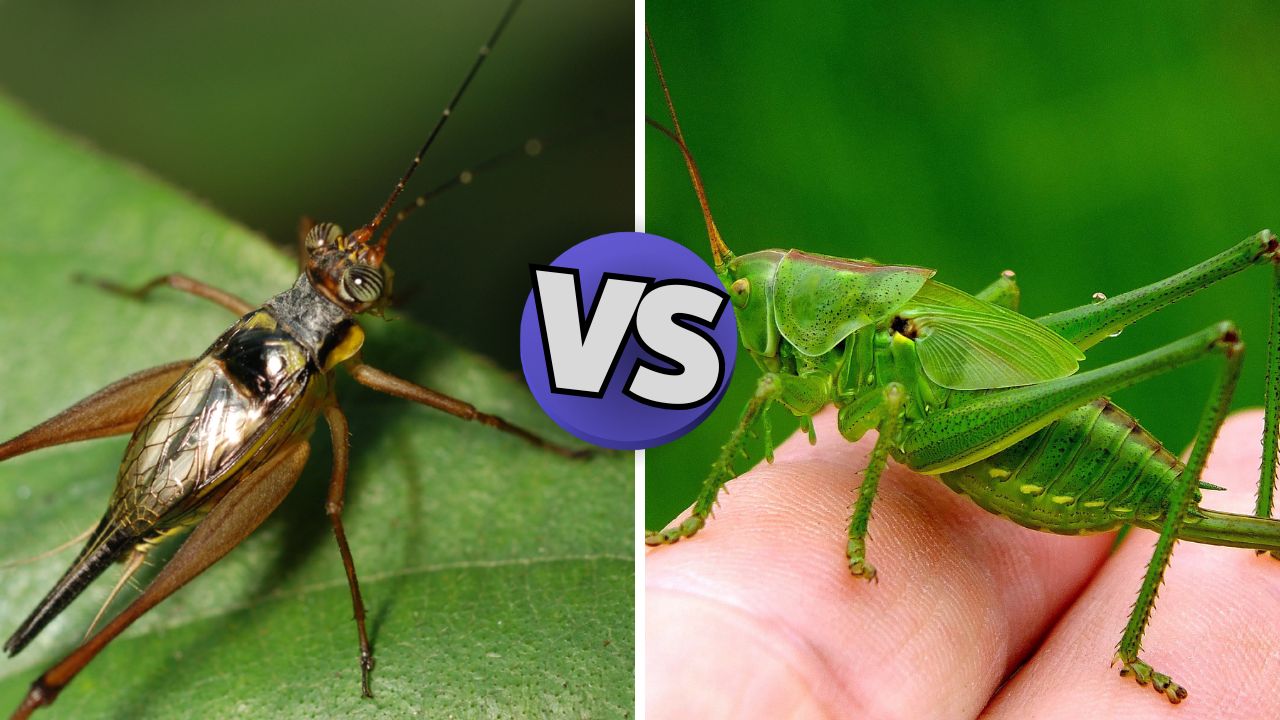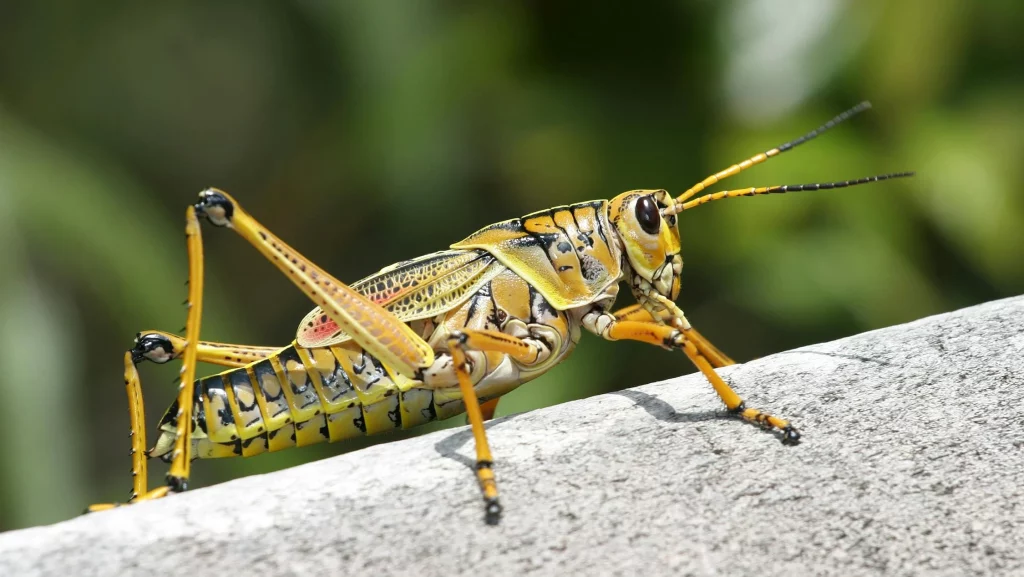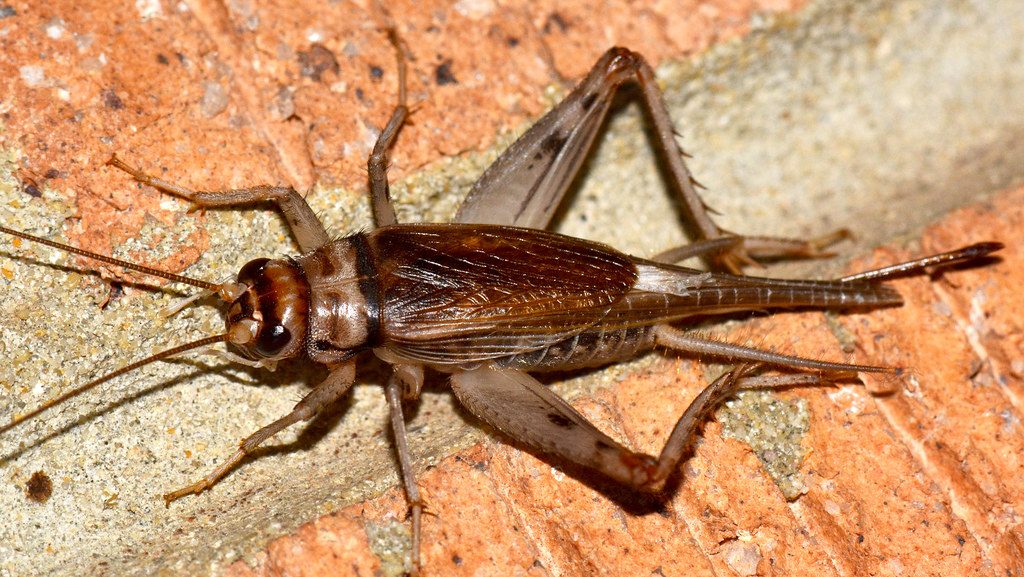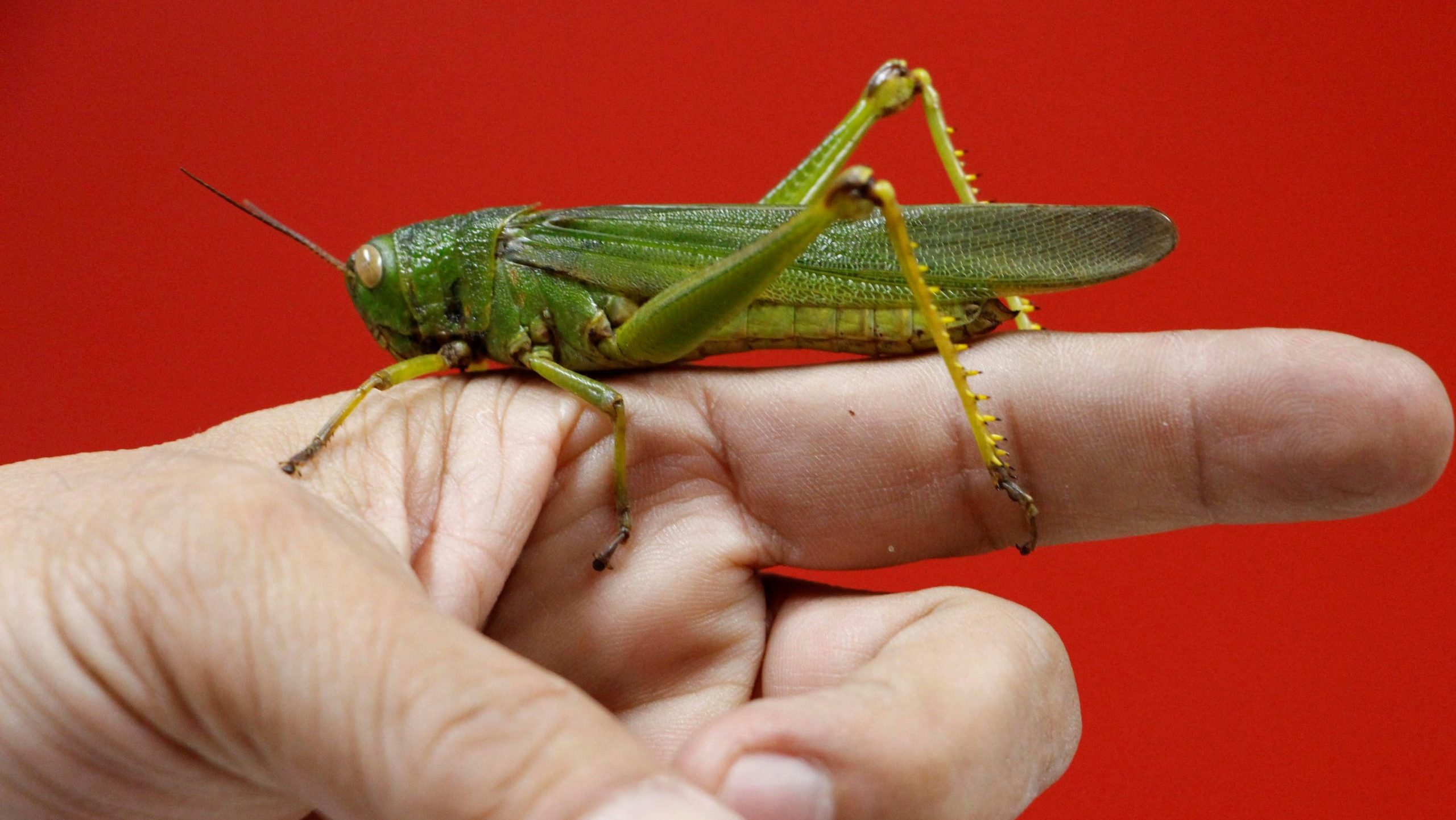Honestly, when you see something small and jumpy in your garden, do you instantly know if it’s a
cricket or a grasshopper? Probably not. Most folks don’t. But you know what? These insects aren’t as alike as you’d think. Sure, they’re cousins in the insect world, but like family reunions, even insect relatives can be wildly different. Let’s break down exactly how they’re different—and why it even matters.

Grasshoppers or Crickets? Spotting Physical Differences
The most noticeable differences between crickets and grasshoppers lie in their physical features.
Grasshoppers
- Have short antennae that are generally shorter than their body.
- Typically green or brown, helping them blend into grassy environments.
- Robust hind legs designed for powerful jumps.
- Larger in size, ranging from 1 to 3 inches.
Crickets
- Long antennae, often as long or longer than their body.
- Darker in color, usually black or brown.
- Rounder heads and slimmer bodies compared to grasshoppers.
- Slightly smaller, ranging from 0.5 to 1.5 inches.
So if the antenna is longer than a Hollywood movie plot, it’s a cricket; short and stubby means you’ve found a grasshopper.
Behavioral Differences: Crickets vs Grasshoppers
Beyond physical traits, these insects exhibit distinct behaviours.
Key Characteristics of Grasshoppers
-

Activity:
Active during the day (diurnal).
-

Sound Production:
Produce sounds by rubbing their hind legs against their wings (stridulation).
-

Diet:
Primarily herbivorous, feeding on grasses and leaves.
Key Characteristics of Crickets
-

Activity:
Most active at night (nocturnal).
-

Sound Production:
Known for their chirping, which they create by rubbing their wings together.
-

Diet:
Omnivorous, feeding on plants, fungi, and even small insects.
If you hear chirping at night, it’s likely a cricket, while daytime activity often points to a grasshopper.

Habitat and Diet: Are Crickets and Grasshoppers the Same?
Though both belong to the insect order Orthoptera, crickets and grasshoppers have different preferences when it comes to habitat and diet.
Grasshoppers
- Thrive in open spaces like meadows, fields, and grasslands.
- Feed on a variety of vegetation, often causing damage to crops.
Crickets
- Prefer damp, dark environments like under rocks, logs, or in soil crevices.
- Have a more diverse diet, which includes both plant material and small insects.
While they share similar habitats, grasshoppers are more likely to be seen in open daylight, while crickets prefer hidden, moist areas.
Life Cycle: From Egg to Adult
You might not think about insect life cycles often, but knowing how these little jumpers grow could help you control them.
Grasshoppers lay eggs in soil, neatly packaged in pods—like miniature insect lunch boxes. Come spring, the eggs hatch into tiny versions of adults, known as nymphs. These little nymphs undergo multiple molts, shedding their skins until they reach adulthood.
Crickets have a similar journey but prefer damp, dark soil for laying eggs. Cricket nymphs, unlike grasshoppers, look almost identical to adults from birth, just tinier. They’ll molt several times, gradually increasing in size until they’re fully mature and chirping loud enough to keep you awake.
Are Crickets and Grasshoppers the Same?
Though they share similarities, crickets and grasshoppers are distinct species with unique traits:
| Feature |
Grasshopper |
Cricket |
| Antennae |
Shorter than body length |
Long, often longer than body |
| Activity |
Diurnal (active during the day) |
Nocturnal (active at night) |
| Color |
Green or brown |
Black or dark brown |
| Diet |
Herbivorous |
Omnivorous |
| Sound Production |
Hind legs rubbing against wings |
Wings rubbing together |
| Preferred Habitat |
Open fields and grasslands |
Damp, dark areas |
While they are part of the same order, they are far from being the same insect.

How to Identify Grasshoppers and Crickets
- Look at the antennae: Long antennae? Cricket. Short? Grasshopper.
- Listen to the sound: Chirping at night? Cricket. Daytime noise? Grasshopper.
- Check Habitat: Open sunny areas attract grasshoppers, while damp, darker areas draw crickets.
Still unsure? No shame in that game. Pest control pros are just a call away for positive ID and effective solutions.
Effective Management and Control
So, if your insect neighbours have overstayed their welcome, here’s how you can manage them effectively.
 For grasshoppers:
For grasshoppers:
- Regularly mow lawns and keep vegetation under control.
- Introduce natural predators, like birds or praying mantises, to your yard.
- Consider eco-friendly repellents like neem oil or garlic spray.
 For crickets:
For crickets:
- Seal entry points into your home to prevent indoor invasions.
- Keep your home dry and clean—crickets love moisture and clutter.
- Use cricket traps or natural deterrents like diatomaceous earth.
When to Call in the Pros?
You know what? If things get out of hand (like waking up to cricket concerts every night or your garden looking like a salad buffet), it’s time to call the professionals. Pest control specialists know
how to handle cricket and grasshopper infestations safely and effectively, protecting your sanity and yard.
Why Choose Our Cricket Control Services?
With expertise in handling different species and effective control strategies, we ensure your home remains cricket-free. Our professionals understand the best ways to target cricket infestations and other pest problems, providing long-lasting relief without compromising safety.
Need an estimate for pest control? Our team is standing by, ready to help. Get A Risk Free Estimate!
 If you hear chirping at night, it’s likely a cricket, while daytime activity often points to a grasshopper.
If you hear chirping at night, it’s likely a cricket, while daytime activity often points to a grasshopper.




 For grasshoppers:
For grasshoppers:
 For crickets:
For crickets:

 Activity: Active during the day (diurnal).
Activity: Active during the day (diurnal). Sound Production: Produce sounds by rubbing their hind legs against their wings (stridulation).
Sound Production: Produce sounds by rubbing their hind legs against their wings (stridulation). Diet: Primarily herbivorous, feeding on grasses and leaves.
Diet: Primarily herbivorous, feeding on grasses and leaves. Activity: Most active at night (nocturnal).
Activity: Most active at night (nocturnal). Sound Production: Known for their chirping, which they create by rubbing their wings together.
Sound Production: Known for their chirping, which they create by rubbing their wings together. Diet: Omnivorous, feeding on plants, fungi, and even small insects.
Diet: Omnivorous, feeding on plants, fungi, and even small insects.


 For grasshoppers:
For grasshoppers:
 For crickets:
For crickets:





